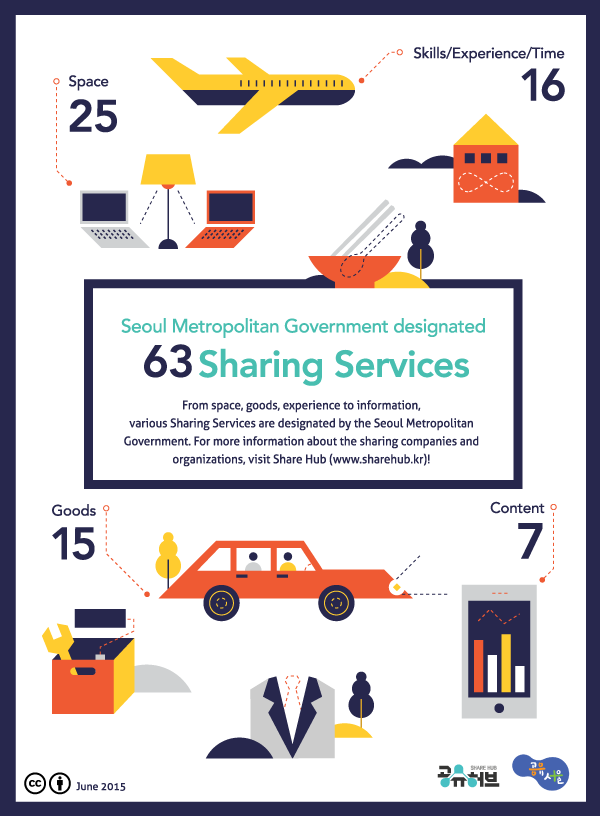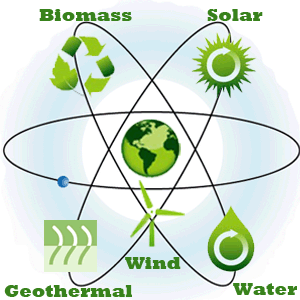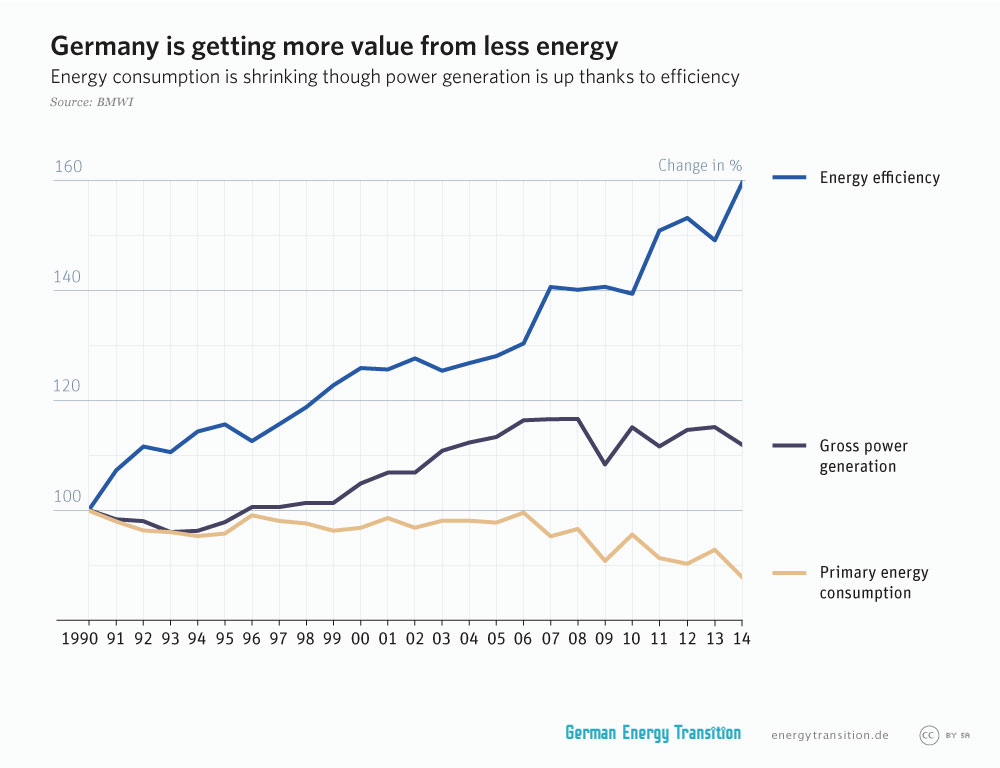Ironic isn’t it? How can one be wealthy, yet poor?
Before you think that this is just another post on how society lacks values and morals while it’s so materially rich, read on.
We now are at an age of tremendous material wealth. If you don’t believe this statement, go out to your local mall. Go to the supermarket. look at the vast rows of food, clothes, makeup, consumer electronics and other products. Now, pick something up. Anything will do.
Ask yourself – was this grown or created within 5 miles of this supermarket?
Was it made by someone I know? Could I have made it by myself?
Most of these answers will probably be a resounding, hollow, no.
The question that begs us to answer it – How did we arrive here?
Through many years of mass industrialization, monoculture agriculture, globalization (not always a bad thing) and technological increases, we have made what kings and emperors ate in the medieval ages an everyday occurrence for most of us living in the developed world.
But why are we clad in the finery of kings and emperors, why do we eat like them, yet feel so poor? Was it because we made this system? Was it because we voted for it, rather, in our modern system of democracy, not with our votes at the ballot box, but with our wallets?
With our wallets, with our appetites, and with the things we consume.
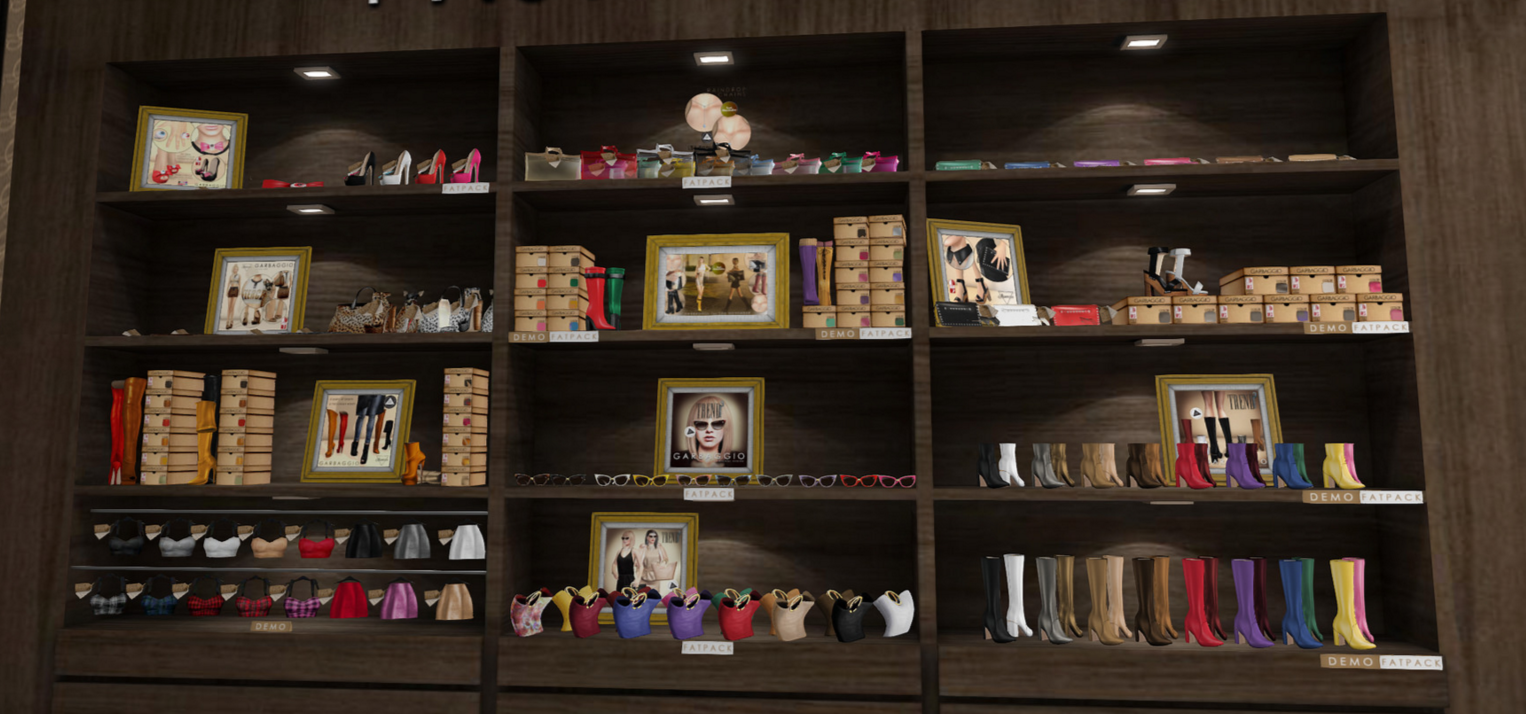
Let’s take a look at free choice, consumption patterns, and who is actually responsible for all of this.
By the end of the 20th century, the world had largely recovered from the damage caused by the Second World War. With a lack of crises, threats, or in fact any major global trend or narrative, people started to pursue their own happiness. As a result, many people ended up pursuing creature comforts and the nebulous “good life” at the expense of true pleasure or their own self-defined satisfaction.
With mass production on the rise ever since the dawn of the 19th century (Industrial Revolution), products were now easily available to the common man.
What’s more, with the advent of online shops set up by both independent retailers and brand-name store chains trying to stay relevant, a world of products is now quite literally a few clicks away.
Just like that, the instant gratification offered by purchasing expensive or trendy items is now more than ever easier to obtain.
Ever heard of the term “fast fashion”? Well, it was created in response to the consumer demand for instant gratification. It’s a trend that utilizes quick and affordable manufacturing to cater to a large market at relatively lower prices.
The drawback, of course, is that it has contributed to pollution and poor working conditions in developing countries, in addition to placing an emphasis on very brief trends over classic and enduring styles.
However, the pursuit of happiness is not all there is to this story. As the individual affects the environment, the environment affects the individual. And the environment, especially for the millennials and beyond, looks especially daunting.
How does one even think of buying a house for themselves when property prices have been steadily on the rise, appreciating by 17% as compared to three years ago? Is it even possible to pay off one’s college debt when your tuition fees have increased by up to 25% as compared to ten years ago?
It is no wonder, then, that with the twin shadows of debt and an inability to secure individual housing looming over them, that the millennials have turned to chasing material comforts that are easier to secure, such as that shiny new phone or this new stylish shirt.
This, combined with the twin desires for a better standard of living and a sense of belonging run rampant in the form of consumerism. When a generation cannot find the stability that is their own home, or financial independence, they turn to superficial wealth.
Such consumerism manifests in keeping up with fashion trends and a constant pressure to keep an eye out for the next hip thing. In short, we have no one to blame but ourselves.
But don’t let that get you down! The good news is that as we have created this beast, so we are the ones best suited to slay it.
No, I’m not asking all of you to become ascetics or hermits overnight.
However, what we can do is very simple.
First of all, the most basic step forward is to simply value quality over quantity. What’s the point of getting five clutch bags at ten dollars each when you could just invest in a single bag that’s both respectable and long-lasting. Over time, getting fewer things of higher quality saves money, especially when compared to the mind-set of “I’ll just buy it because it’s cheap!”
Secondly, is to ask questions about labour practices used to create what you are buying. Did your jeans come from a company that uses child labour or provides safe working conditions for its workers? Did the makers of your fancy shoes dump toxic waste straight into some village’s drinking water supply? Ethics is the way forward, and some concern for your fellow man would do well in creating a better world for all of us.
Thirdly and last of all, we should invest in ourselves more. We’re not talking about investing in mere material objects.
No, it’s about experiences and more meaningful relationships. Build up a well of life experiences and memories and make your friendships more meaningful. Don’t spend all your energy on buying new things or making new friends. Invest in stronger relationships with friends you already have and take care and mend your clothes. Grab a coffee with a friend for $5 and have an intimate conversation, we promise it will result in greater happiness that will last much longer than the $5 shirt you may buy at the store.
Perhaps those treasured recollections and that compassion you have fostered for your fellow man, as well as the care you have for yourself in not consuming more than you need, may be the wealth we need the most of all.


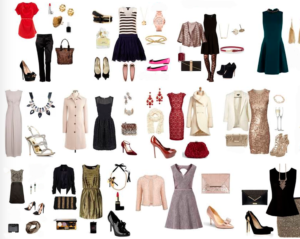


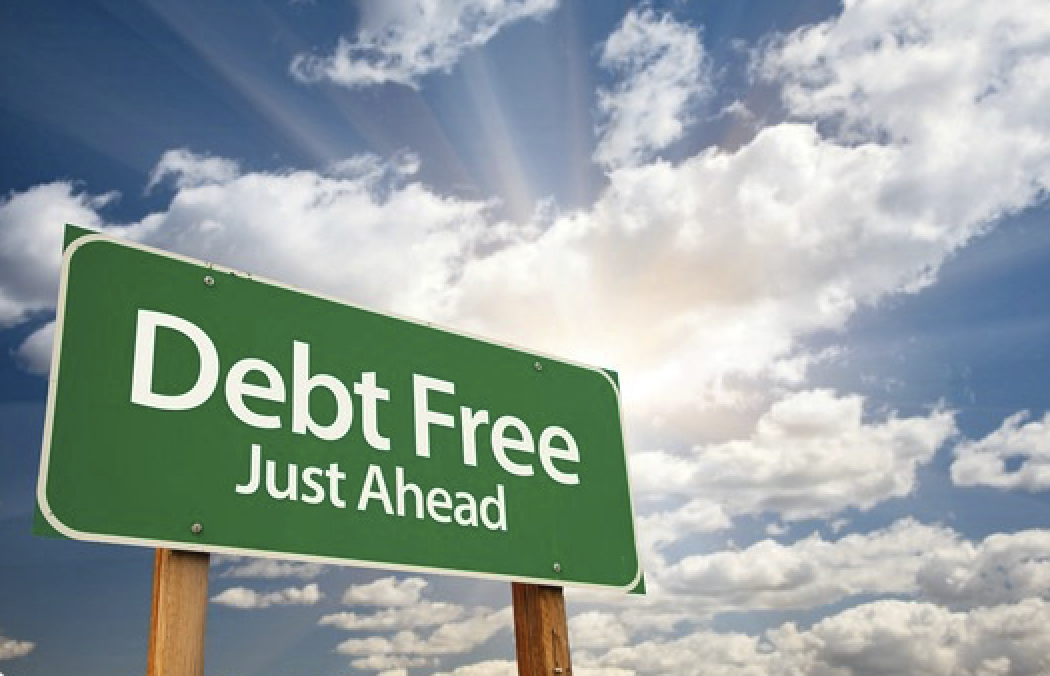

 Yet, all these need not be started by companies. Nor governments. These can be started by you.
Yet, all these need not be started by companies. Nor governments. These can be started by you.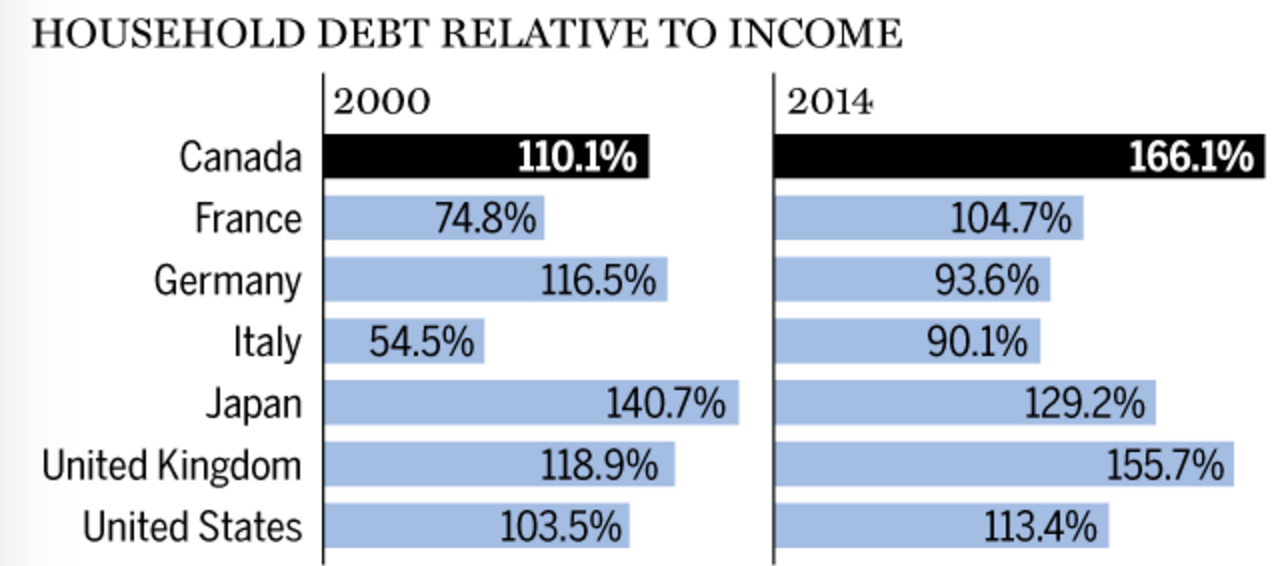
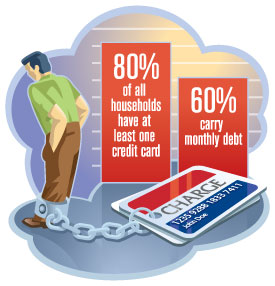
 Their Sharing City Initiative defines itself by stating its overall vision as a “
Their Sharing City Initiative defines itself by stating its overall vision as a “